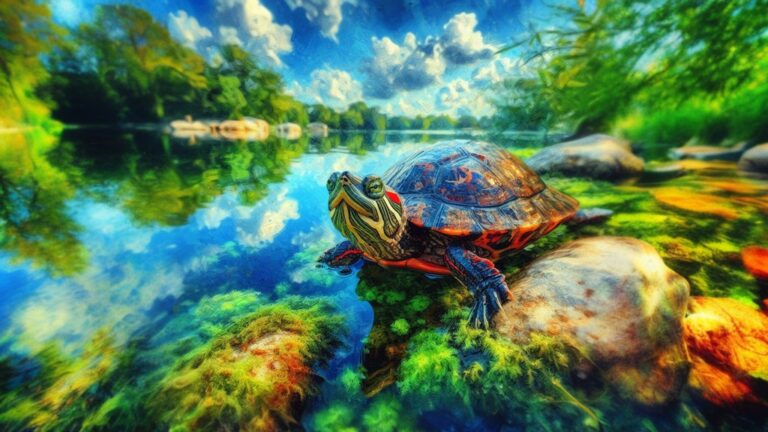Attention all Red-Eared sliders enthusiasts!
As proud owners of these fascinating aquatic turtles, it’s crucial to know the proper handling techniques to ensure both you and your shelled friend stay safe and healthy.
In this blog post, we’ll dive into the do’s and don’ts of handling your Red Ear Slider, covering everything from picking them up to keeping their environment clean.
Get ready to become a turtle-handling pro!
Understanding Red-Eared Sliders
Origin and natural habitat
Red-Eared sliders (Trachemys scripta elegans) are native to the southern United States and northern Mexico.
They are primarily aquatic turtles that inhabit a variety of freshwater environments, such as ponds, lakes, marshes, and slow-moving rivers.
Their name comes from the distinctive red stripe behind their eyes and their ability to slide quickly into the water when they sense danger.
Physical characteristics
Red Ear Sliders are medium-sized turtles, with adult females reaching up to 12 inches in length and males slightly smaller at around 8 inches.
They have a dark green, oval-shaped shell (carapace) with yellow markings, and their skin is typically green with yellow stripes.
The most distinguishing feature is the red or orange stripe behind each eye.
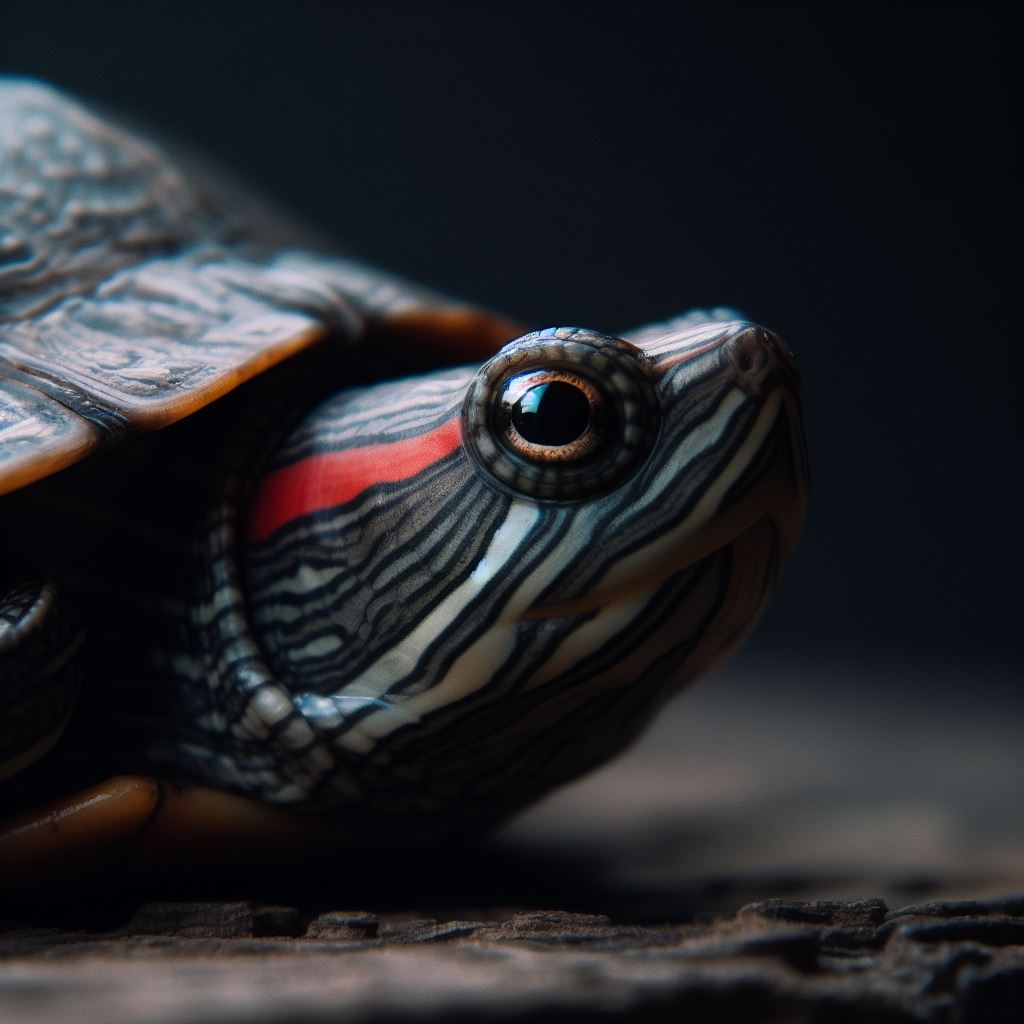
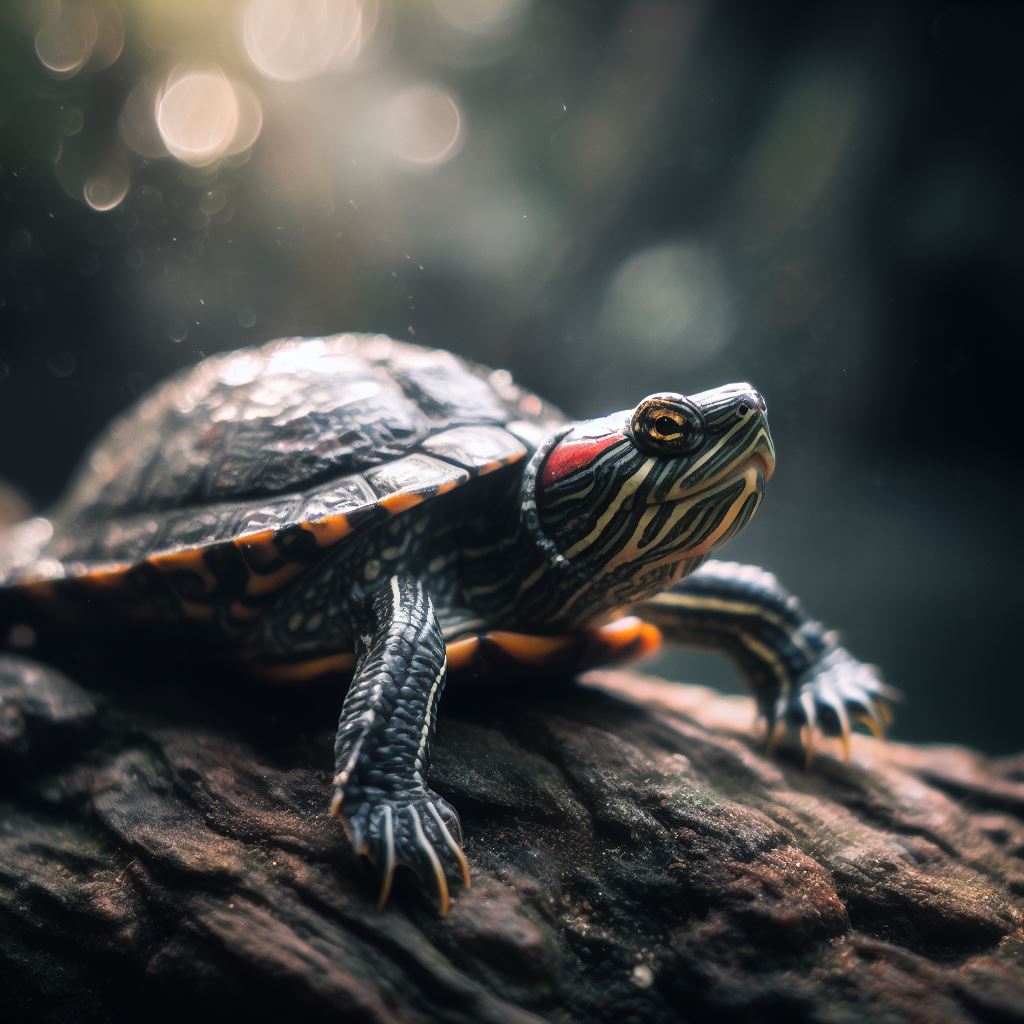
Behavior & Temperament
These turtles exhibit diurnal behavior, which entails being active throughout the day and sleeping at night.
They are generally shy and will retreat into their shells or slide into the water when they feel threatened.
Red-ear Sliders are known for their basking behavior, where they will spend a significant portion of their day soaking up the sun on rocks or logs.
The Importance of Proper Handling
Reducing stress for your turtle
Turtles, like any other animal, can become stressed when handled improperly.
Reducing stress is crucial for the overall health and well-being of your pet.
Proper handling techniques help minimize stress and make the experience more enjoyable for both you and your turtle.
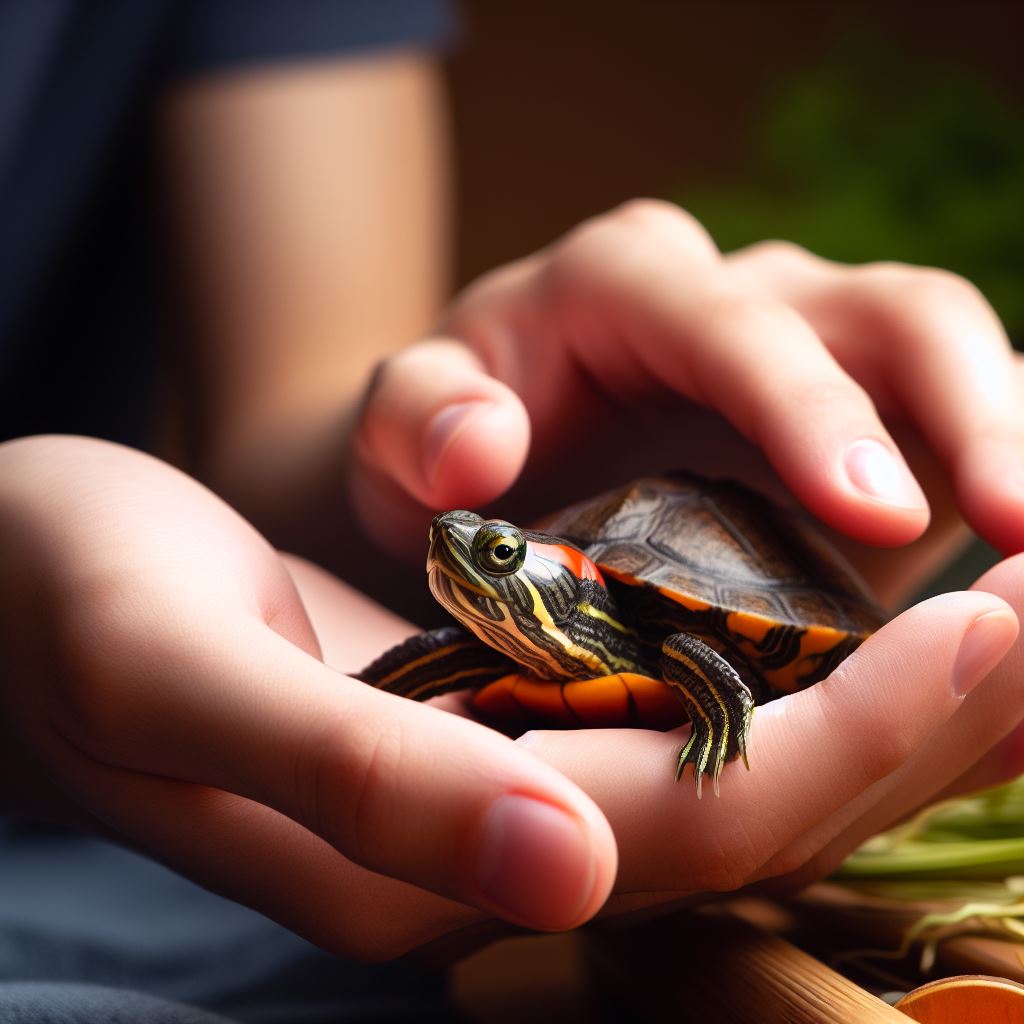
Preventing injuries
Improper handling can result in injuries to your Red Ear Slider, such as fractures or dislocations.
Learning the correct way to pick up and hold your turtle can help prevent these injuries and ensure your pet stays safe.
Building trust and bonding with your pet
Establishing trust is essential for building a strong bond with your turtle.
Handling your Red Ear Slider with care and respect will help develop this trust and create a positive relationship between you and your pet.
The Do’s of Handling Your Red Ear Slider
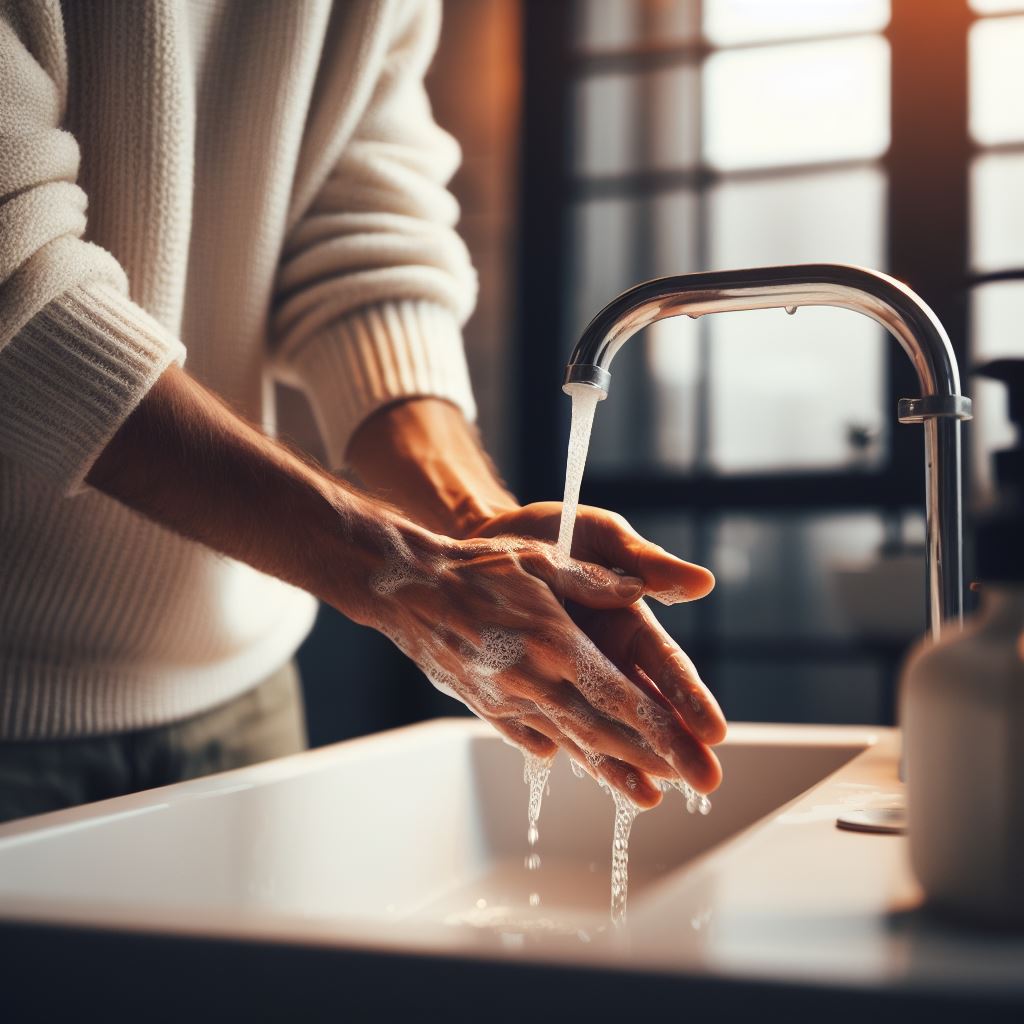
Wash your hands before and after handling
To prevent the spread of germs and bacteria, always wash your hands with soap and water before and after handling your turtle.
This practice not only protects your pet’s health but also yours.
Use a gentle, yet firm grip
When picking up your Red Ear Slider, use a gentle but firm grip on the sides of their shell, just behind their front legs.
This grip allows you to have control over the turtle without causing discomfort or harm.
Support their body and limbs
While holding your turtle, make sure to support their body and limbs.
Place your other hand under their hind legs and tail, creating a stable and comfortable position for your pet.
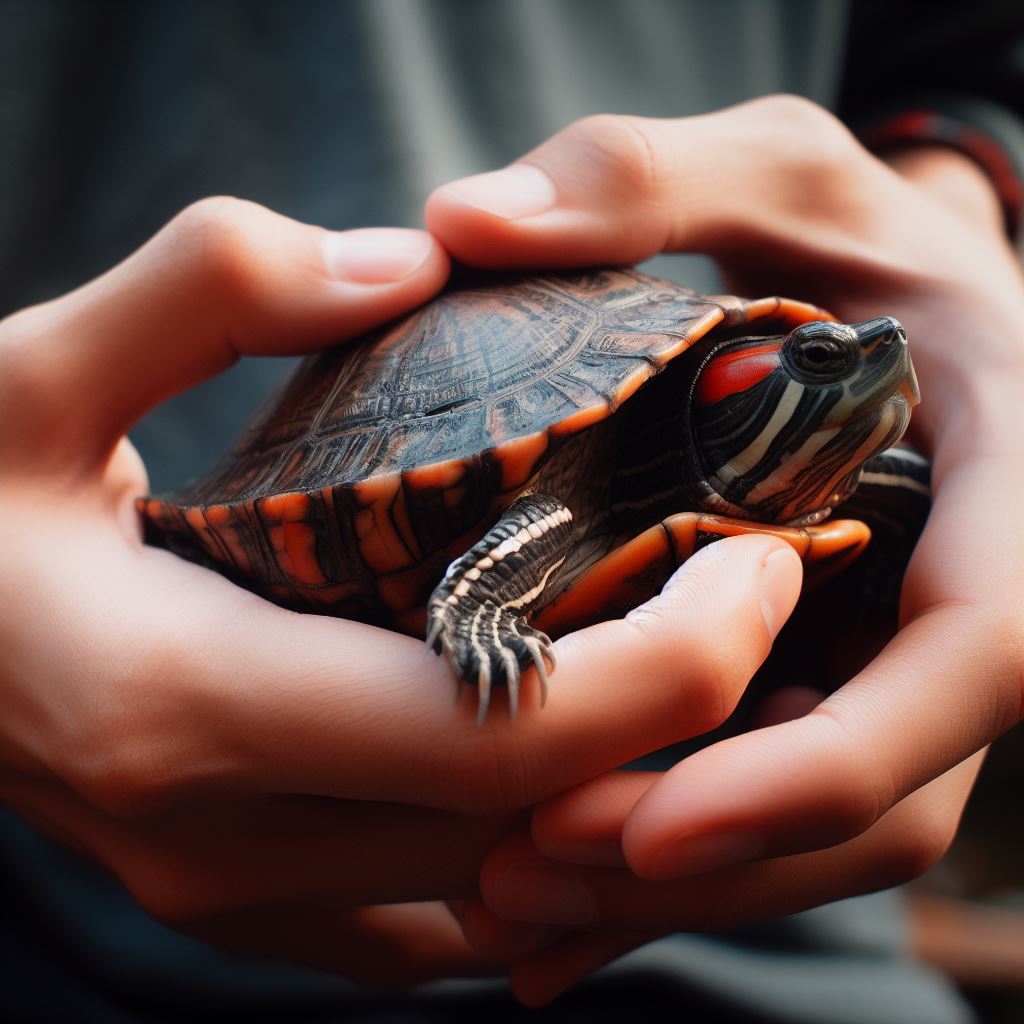
Keep handling sessions short and sweet
Limit your handling sessions to a few minutes at a time, as prolonged handling can cause stress for your turtle.
Allow your Red Ear Slider to return to their enclosure and rest after each session.
Monitor your turtle’s body language
Pay attention to your turtle’s body language during handling.
If they show signs of stress, such as rapid breathing, hissing, or attempting to escape, it’s time to end the session and give your pet some space.
The Don’ts of Handling Your Red Ear Slider
Avoid grabbing them by the tail or limbs
Never grab your turtle by their tail or limbs, as this can cause serious injury.
Always use the proper grip technique mentioned earlier to ensure your pet’s safety.
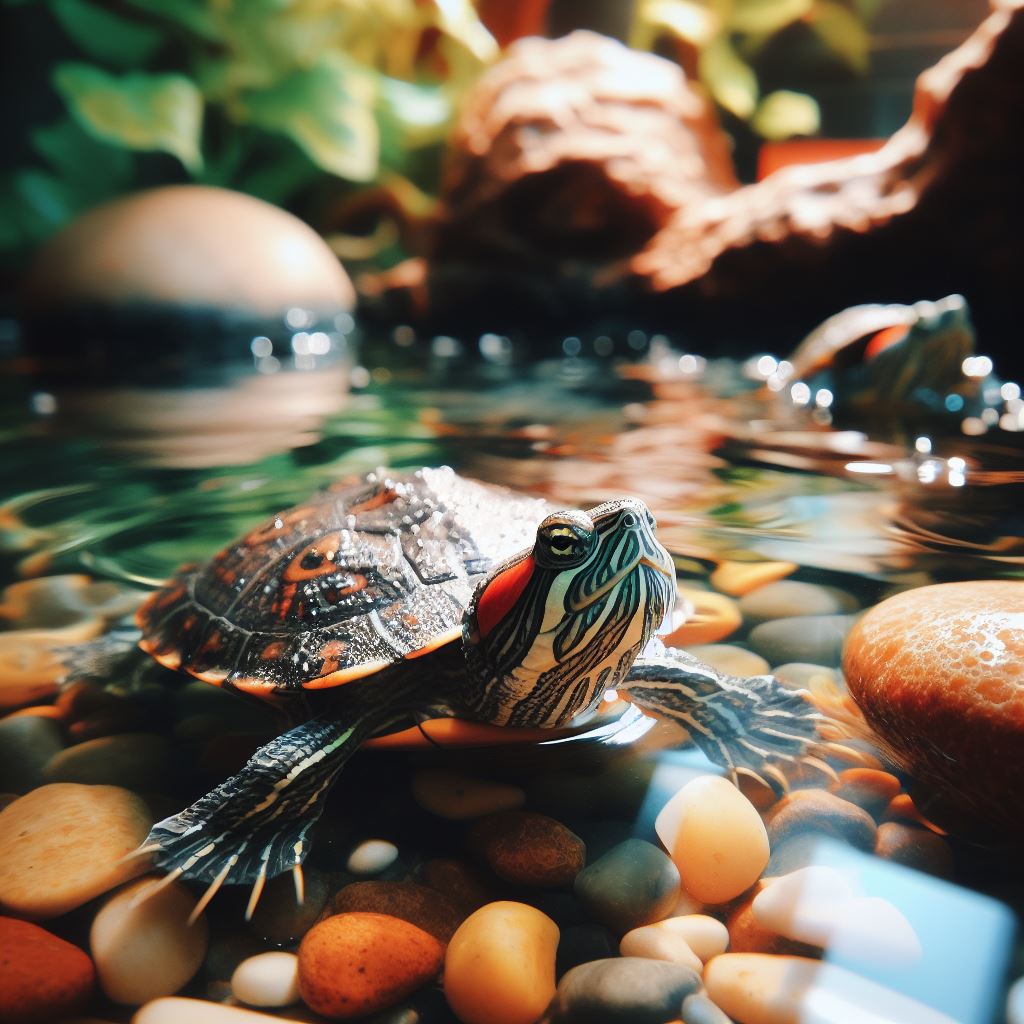
Don’t handle them too frequently
Turtles are not as social as other pets and may become stressed with excessive handling.
Limit your handling sessions to a few times a week, allowing your turtle to have plenty of undisturbed time in their enclosure.
Refrain from handling during shedding
Turtles shed their skin and shell scutes periodically.
Avoid handling your Red Ear Slider during this time, as their skin and shell may be more sensitive and prone to injury.
Never drop or toss your turtle
Dropping or tossing your turtle can result in severe injuries or even death.
Always handle your pet with care and respect, ensuring their safety and well-being.
Avoid exposing them to extreme temperatures
When handling your turtle, avoid exposing them to extreme hot or cold temperatures, as this can cause stress and harm.
Maintain a consistent temperature in their enclosure and handling area.
Creating a Safe and Comfortable Environment
Proper tank setup and size
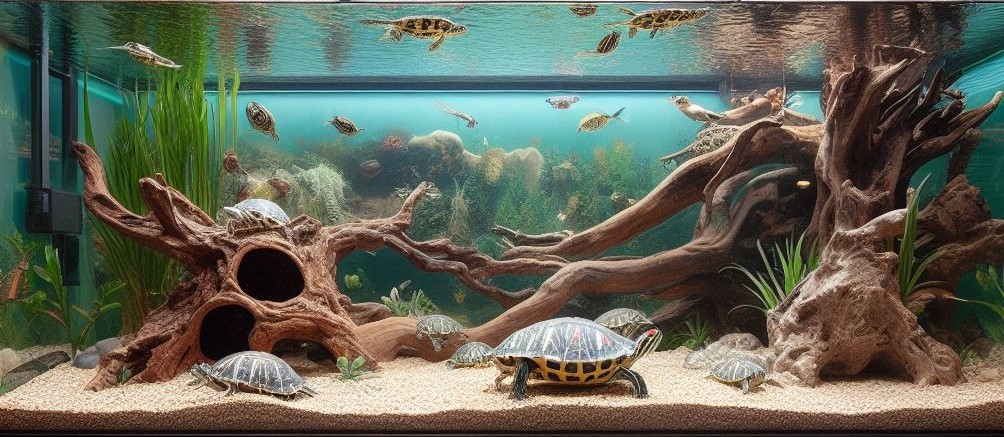
Provide a tank that is large enough for your Red-Eared Slider to comfortably swim and bask.
A general rule of thumb is 10 gallons of water per inch of your turtle’s shell length.
Water quality and filtration
Maintain clean water by using a high-quality filter and regularly testing water parameters.
Change at least 25% of the water every week to keep it fresh and clean.
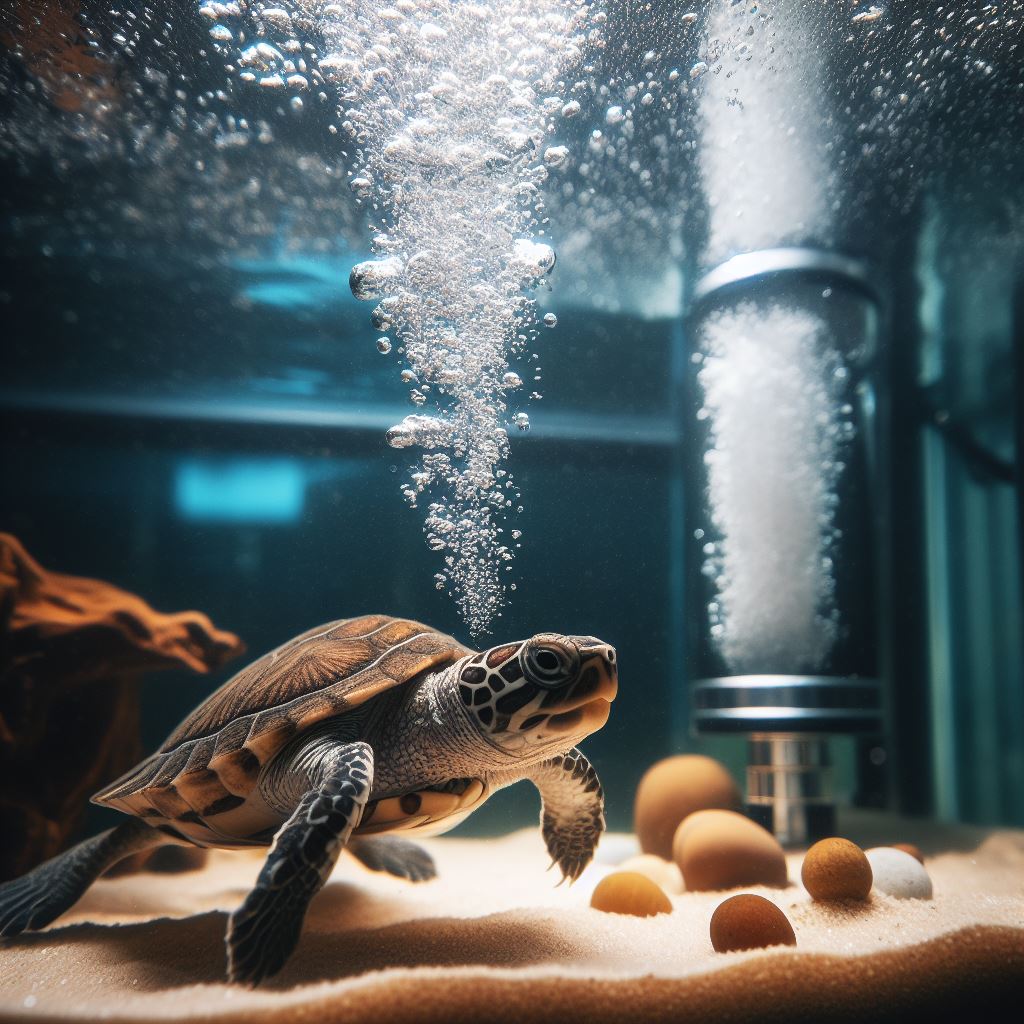
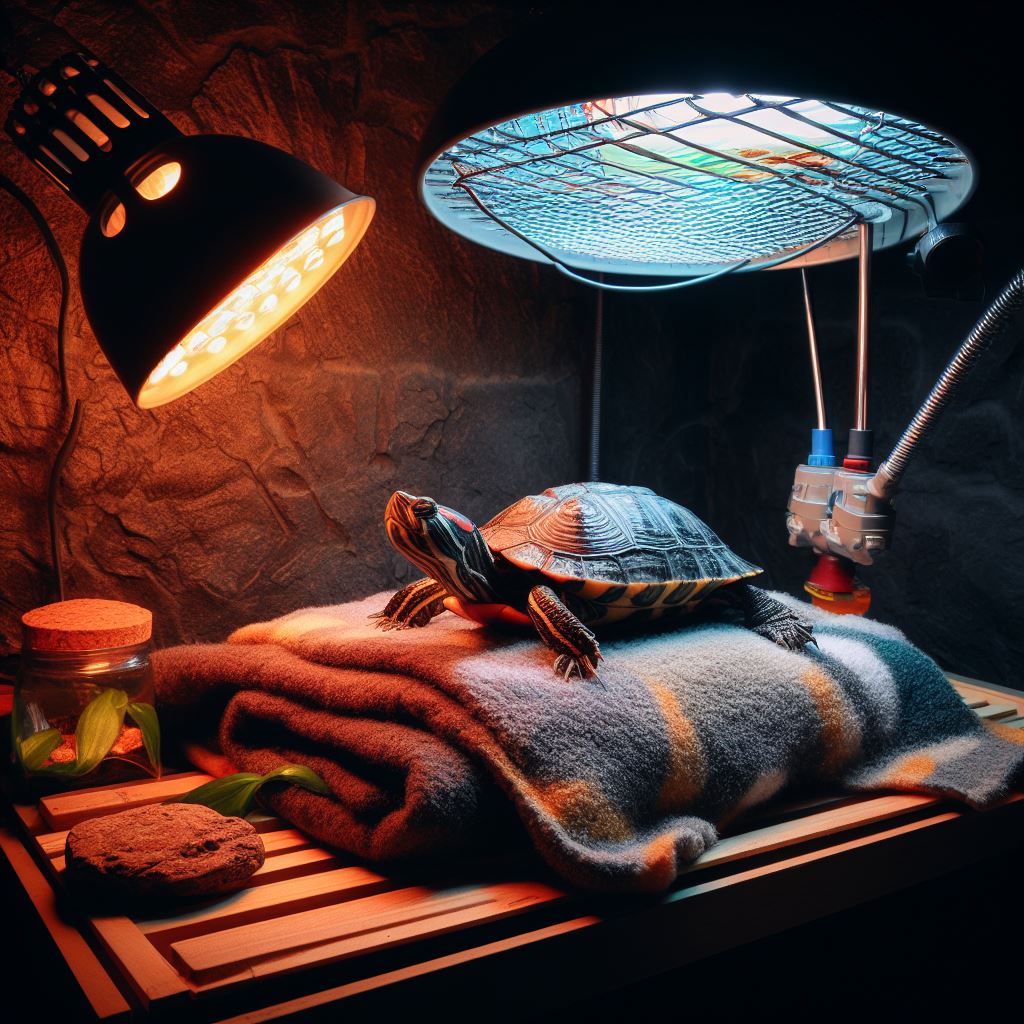
Temperature and lighting requirements
Provide a basking area with a heat lamp to maintain a temperature of 90-95°F, and a water temperature of 75-80°F.
Also, use a UVB light to ensure proper calcium absorption and overall health.
Providing a balanced diet
Feed your Red-Eared Slider a balanced diet consisting of commercial turtle pellets, leafy greens, and occasional treats like insects and fish.
Handling Health Concerns and Emergencies
Common health issues in Red-Eared Sliders
Some common health issues in Red-Eared Sliders include respiratory infections, shell rot, and parasites.
Familiarize yourself with the signs and symptoms of these conditions to effectively monitor your pet’s health.

Signs your turtle may need veterinary attention
If your turtle exhibits symptoms such as lethargy, loss of appetite, difficulty breathing, or unusual behavior, it’s essential to consult a veterinarian experienced in reptile care.
Early detection and treatment of health issues can significantly improve your pet’s chances of recovery.

Preparing for and handling emergencies
In case of emergencies, it’s crucial to have a plan in place.
Keep contact information for your veterinarian and a local emergency animal clinic readily available.
Prepare a basic first aid kit specifically for your turtle, including items such as tweezers, gauze, and antiseptic solution.
Preventative care and regular check-ups
Schedule regular check-ups with your veterinarian to monitor your Red-Eared Slider’s health and address any concerns promptly.
Additionally, maintain proper husbandry and a balanced diet to help prevent health issues from arising.
Conclusion
Now that you’re equipped with the essential do’s and don’ts of handling your Red Ear Slider, you can confidently care for your pet while keeping safety at the forefront.
Remember, proper handling and a comfortable environment are key to a happy and healthy turtle.
So, go ahead and share your newfound knowledge with fellow turtle enthusiasts and continue to provide the best possible care for your shelled companion.
Happy turtle parenting, and may your Red Ear Slider thrive under your attentive and well-informed care!
